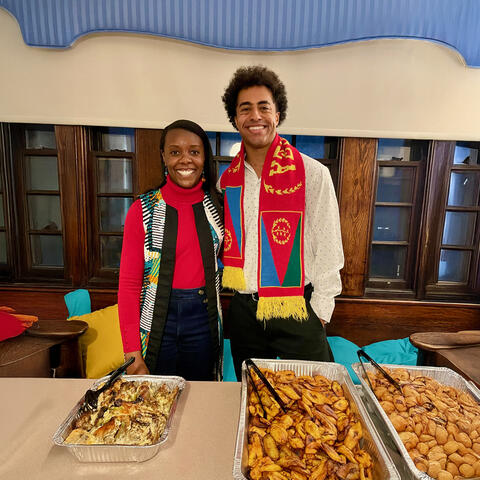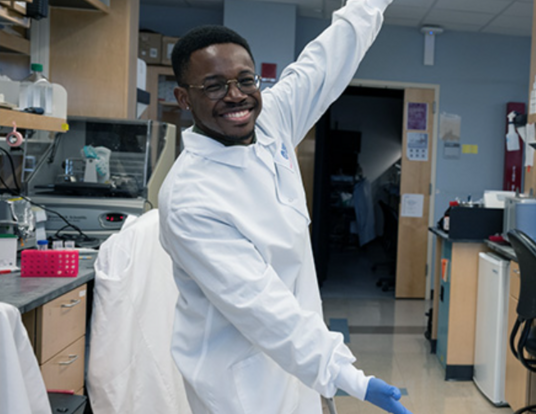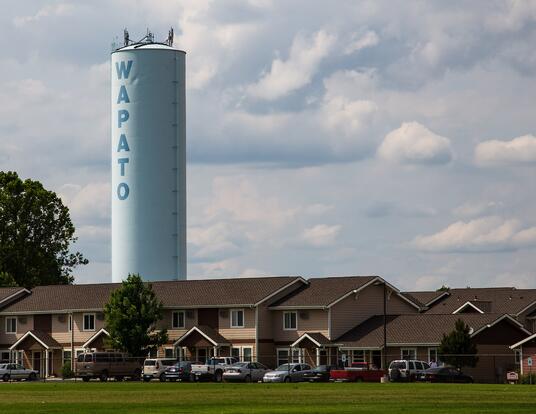Deep, Dark . . . and Teeming with Life
Brooke Travis, PhD candidate
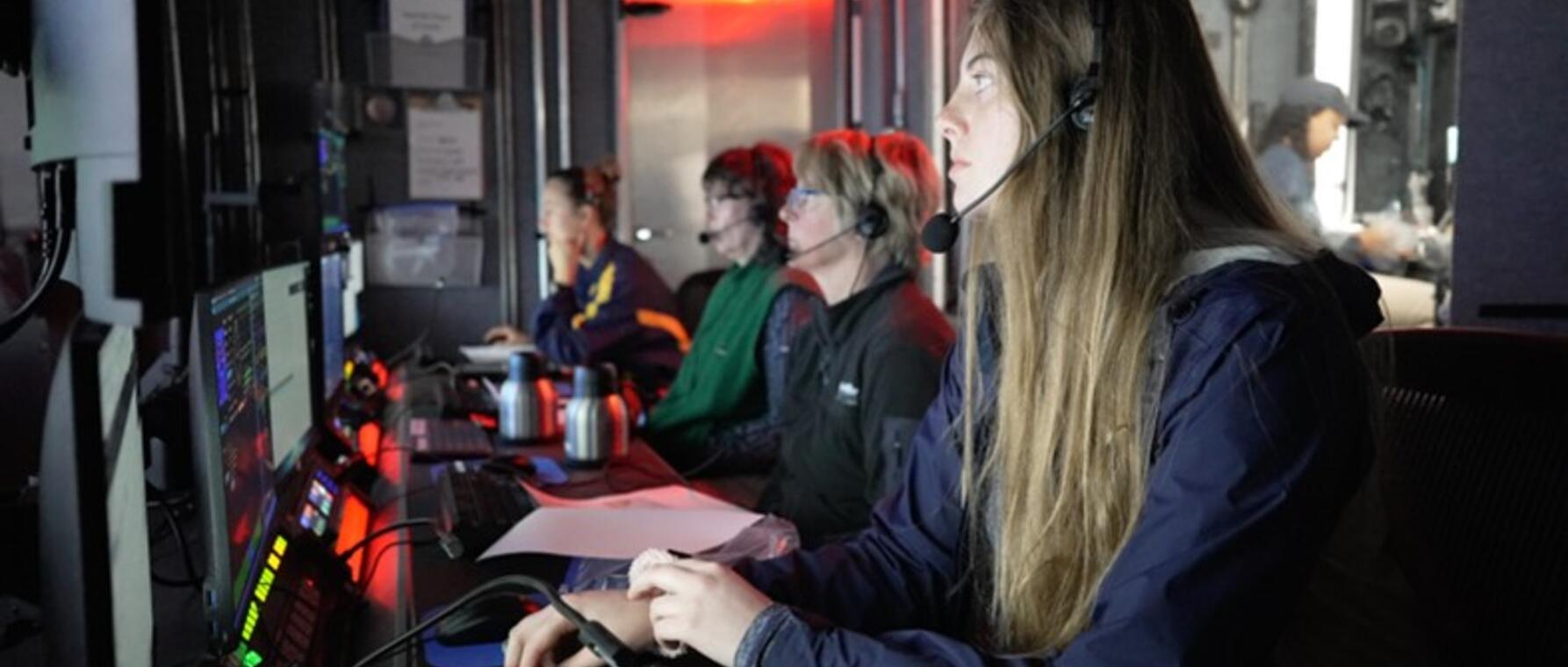
Research at Risk: Since World War II, universities have worked with the federal government to create an innovation ecosystem that has yielded life-changing progress. Now much of that work may be halted as funding is withdrawn. Find out more about the threats to medical, engineering, and scientific research, as well as how Harvard is fighting to preserve this work—and the University's core values.
Brooke Travis is a PhD candidate in the Department of Organismic and Evolutionary Biology who studies the deep sea. She talks about her work on a clam that can go for long periods without oxygen, how her lifelong interest in marine biology brought her to Harvard, and her founding of a new club at Harvard Griffin GSAS.
Under the Sea
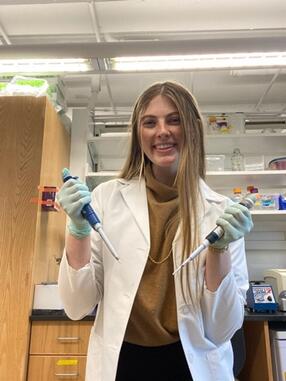
One of the reasons the deep sea is so interesting is that creatures who live there have adapted to an environment of low oxygen, high pressure, and an absence of light. It’s very different from the conditions under which humans exist.
When you think more broadly about an ecosystem on land, you see how dependent it is on light. Plants feed themselves through photosynthesis, turning light into sugars they consume, which supports the entire food chain. Primary consumers eat the plants, and animals eat the primary consumers. Scientists assumed they would not find a rich and thriving animal community in the deep sea since there was no light to drive the ecosystem.
In the 1970s, scientists wanted to prove the existence of hydrothermal vents—hot springs that “form at locations where seawater meets magma.” When they went down to the deep sea to explore these vents, they were surprised to find an abundance of rich, biodiverse life thanks to a process called chemoautotrophy, in which bacteria near the vents harness chemical energy to create their food. This is the bedrock of life in the deep sea where creatures take advantage of the bacteria that perform chemoautotrophy.
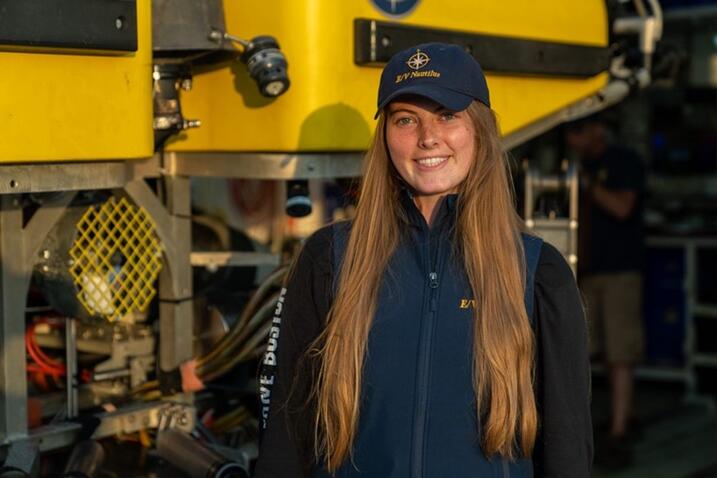
I’m interested in the relationship between the bacteria and the creatures they support as well as the biochemistry behind these symbiotic relationships. So, I’m studying a deep-sea clam that can live without oxygen for ten months—three times longer under these conditions than other clams. I want to know how chemoautotrophic bacteria support the clam during oxygen-starved periods. I hypothesize the bacteria are creating an internal reservoir of oxygen to support the clam’s needs, which would be a completely novel discovery!
From Seminar to Graduate School
I never thought I would study deep ocean science. I grew up in upstate New York, which is pretty landlocked. But throughout my life, I have been interested in marine biology. I tried my best to do summer programs in marine science to make sure it was what I wanted. When I went to college at Cornell, I studied marine science and did lots of research to try and gauge what piqued my interest. I was drawn to the molecular level of biology—what happens within a cell, what kind of biochemistry is going on. I started to piece together the things that I wanted to study: the marine angle, the molecular science, and the bacterial aspect.
Before coming to Harvard, my current advisor, Professor Peter Girguis, gave a talk at Cornell in 2019. Even though the event was supposed to be just for graduate students, I snuck in. We got to talking afterward and found that our interests and how we think about science aligned. I applied to graduate school at Harvard Griffin GSAS so I could work with him, and I’ve been happy ever since.
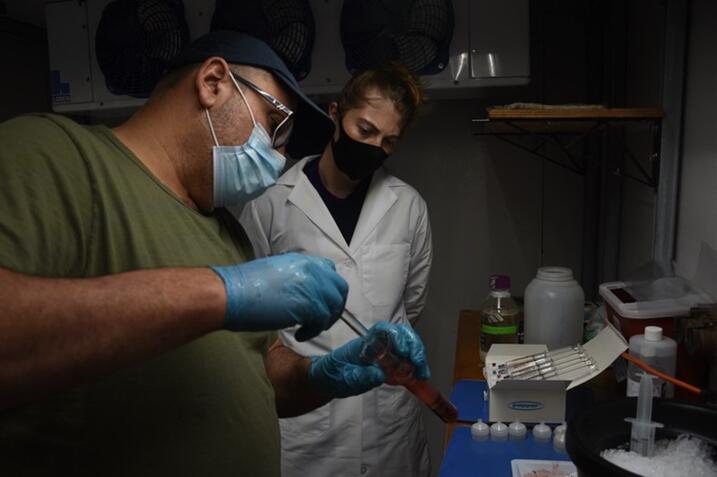
Interdisciplinary Innovation
One thing I have enjoyed about my time at Harvard Griffin GSAS is the freedom to create my curriculum. For instance, I took a class on microbial pathogenesis at the Medical School. It was about trying to understand infectious disease from the perspective of bacteria—what makes a pathogen successful. I loved that framing, and as I took the class, I noticed a shift in the way I thought about my own work. I now had this medical lens that gave me new opportunities to connect my research to other fields and learn from them.
That experience inspired me to start the InterDisciplinary Club at Harvard Griffin GSAS. The purpose is to provide a space where scholars from different fields can discuss their work and gain different perspectives on it. Our first meeting took place on Harvard’s Cambridge campus in November 2023 and featured Harvard Medical School Professor Jonathan Kagan who spoke on “Challenging Assumptions in Immunology Using Deep-Sea Microbes.” Afterward, some of my colleagues in biology were thinking about how to apply what they learned to their work. I am very grateful to have had the chance to explore this approach at Harvard.
Get the Latest Updates
Join Our Newsletter
Subscribe to Colloquy Podcast
Simplecast


